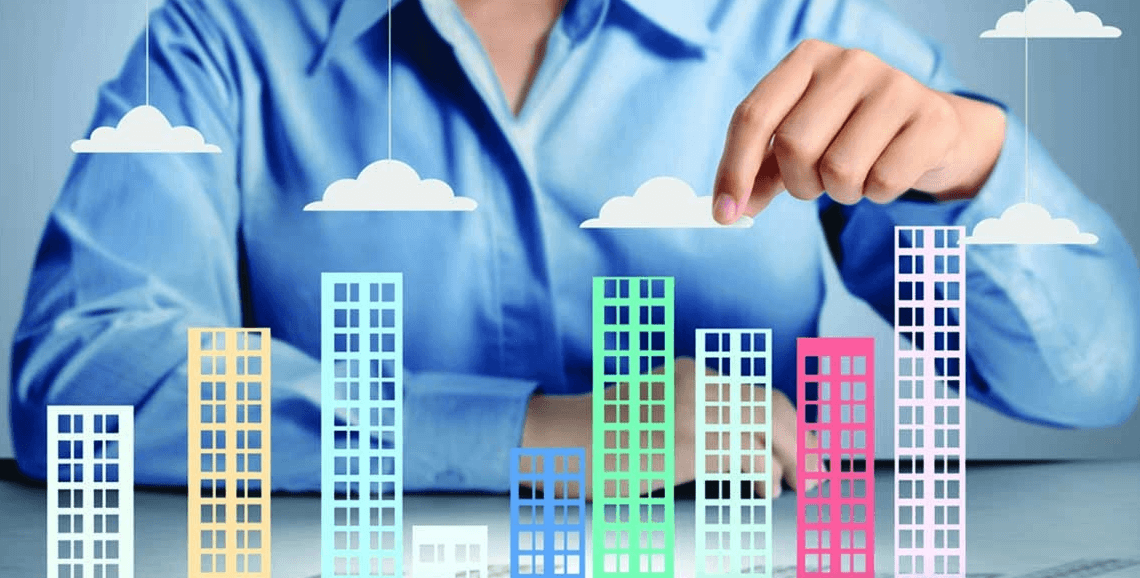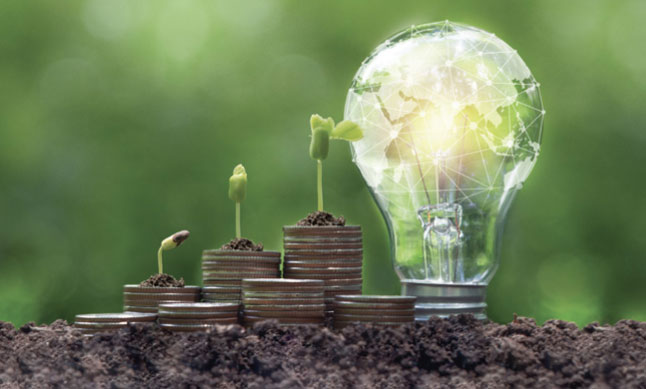Introduction
In an era where lifestyle, technology, and sustainability converge, contemporary developers have emerged as trailblazers in real estate. Their projects are characterized by fresh design concepts, forward-looking planning, and a deep awareness of how people live and work today. Unlike traditional approaches that often prioritize function over form, contemporary developers place equal importance on aesthetics, experience, and innovation. By doing so, they create developments that resonate with modern sensibilities while delivering long-term value.
Contemporary developers focus on projects that reflect the evolving expectations of buyers, tenants, and investors. Their work often embraces sleek architectural styles, open layouts, and flexible spaces that adapt to changing lifestyles. These developers are particularly attuned to the demand for environments that balance comfort, functionality, and style, ensuring that their projects are not only practical but also visually engaging. Whether in residential, commercial, or mixed-use spaces, their developments stand out for their ability to blend creativity with usability.
A defining feature of contemporary development is the integration of sustainability into design and construction. Developers are increasingly turning to eco-friendly materials, energy-efficient systems, and environmentally conscious urban planning strategies. This approach aligns with the values of a generation that prioritizes environmental responsibility and seeks homes and workplaces that reduce their ecological footprint. By weaving sustainability into their projects, contemporary developers ensure their work appeals to both socially conscious buyers and long-term investors.
Technology also plays a central role in their projects. From smart-home features in residences to digital connectivity in office spaces, contemporary developers use innovation to enhance convenience, efficiency, and quality of life. Their projects often incorporate amenities and shared spaces that encourage community, wellness, and collaboration, reflecting the growing demand for real estate that supports holistic living and working experiences.
From an investment standpoint, developments by contemporary firms often perform well because they combine timeless design with modern functionality. Their focus on adaptability and relevance makes their projects resilient to shifting market trends. As urban landscapes evolve, contemporary developers are uniquely positioned to create environments that remain desirable, sustainable, and financially viable for decades.
Conclusion
Contemporary developers are reshaping real estate by merging design innovation, sustainability, and lifestyle integration. Their projects go beyond traditional construction to reflect the aspirations and values of today’s communities. By combining creativity with practicality, they are building spaces that not only serve immediate needs but also set new standards for the future of living and working.




